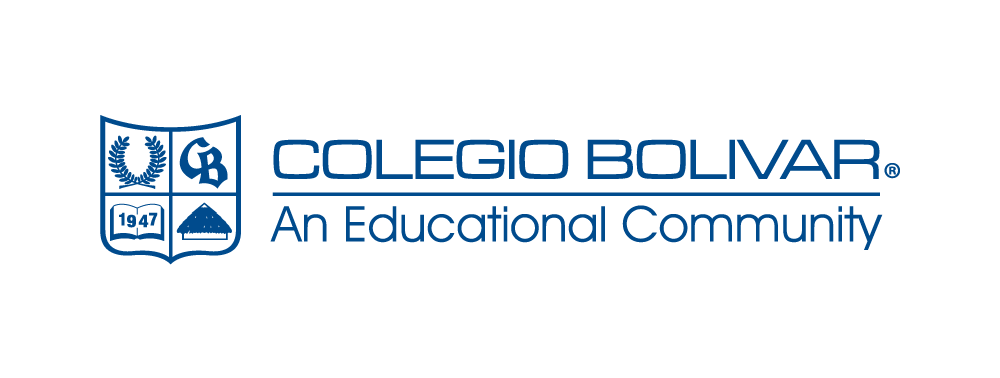
Recently, eleventh-grade students took part in a project on the energy efficiency of photovoltaic panels, coordinated by teachers Juan Carlos Mejía and Ivar de Jesús Moreno. This project not only allowed them to apply theoretical physics concepts but also provided them with a hands-on and reflective experience on renewable energies, with a particular focus on solar energy.
This project pursued several key objectives:
- Connecting physical concepts of energy, work, and power to real-life phenomena, such as household electricity consumption and the availability of solar energy on our planet.
- Identifying the technical characteristics of photovoltaic panels and analyzing their efficiency in converting solar energy into electrical energy.
- Reflecting on the importance of renewable energy sources in the context of the global energy crisis and climate change, promoting environmental awareness among students.
Project Development
The process began with a theoretical review of various renewable energy sources, such as hydro, wind, and solar power, highlighting the Sun as an inexhaustible energy source. Students explored how solar energy can be harnessed through solar concentrators, solar heaters, and photovoltaic panels.
To connect theory with practice, students visited the science building of the school, where they observed the solar panels installed on the rooftop. There, they measured their surface area, analyzed their technical characteristics, and understood how these panels help reduce dependence on traditional energy sources. Additionally, they had the opportunity to interact with a solar energy expert, who answered their questions and provided deeper insights into the use of this technology.




Then, each student designed and built a functional prototype that utilized solar energy. The prototypes ranged from model houses with solar-powered lights to small vehicles driven by this clean energy source.
The project also included a hands-on activity in which students analyzed their household energy consumption using their electricity bills. With this data, they calculated how many solar panels would be needed to cover their energy usage and replace energy from non-renewable sources. Finally, using an online simulator, they compared their calculations with the simulator’s results, allowing them to gain a more precise understanding of the potential impact of solar energy in their own homes.
This project not only strengthened their learning in physics but also encouraged critical reflection on daily energy consumption and the environmental impact of our decisions. By addressing questions such as, “How much energy do we consume, and how much could we save if we used renewable energy?”, students were able to grasp the magnitude of the energy crisis and the urgent need to adopt clean and sustainable technologies.
Experiences like this reinforce our Deeper Learning approach and Colegio Bolívar’s commitment to educating students who are aware of and engaged with global challenges, such as climate change and energy sustainability.


